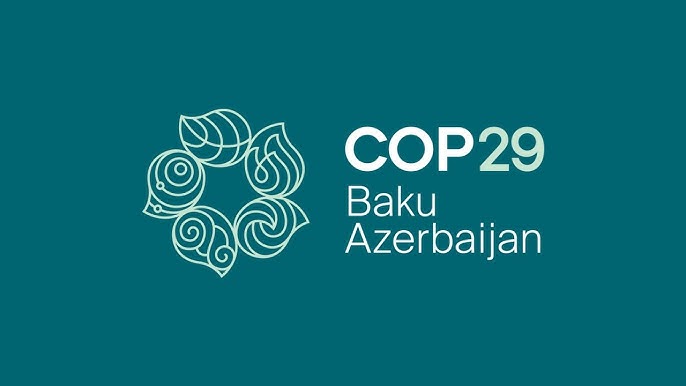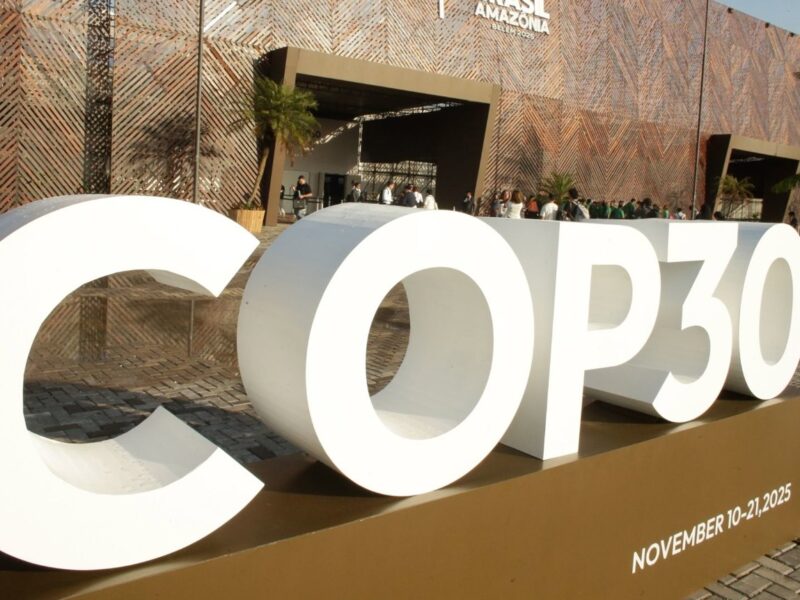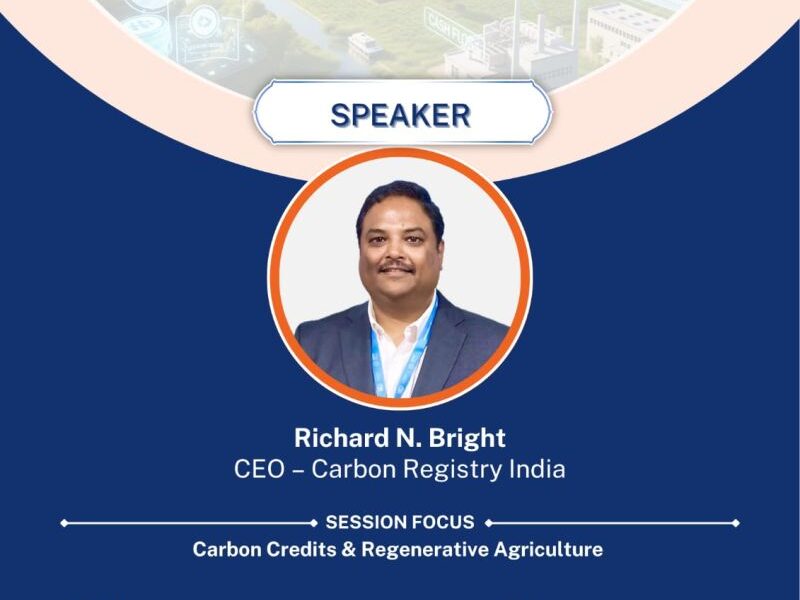As the world gears up for COP29 in Baku, Azerbaijan, the stakes have never been higher—just like they were for the last 28 conferences. This 29th Conference of the Parties (COP29) to the United Nations Framework Convention on Climate Change (UNFCCC) is set to be a pivotal moment in the global fight against climate change. You know, just like all the other pivotal moments that led to… well, here we are.
With the impacts of climate change becoming increasingly severe and widespread, the international community is under immense pressure to deliver concrete and ambitious outcomes. And by “concrete and ambitious,” we mean more grand promises and deadlines that are as flexible as a yoga instructor. So, buckle up for another thrilling episode of “We Really Mean It This Time!”
Here’s what we can expect from COP29:
(besides a tiny bit of actual progress.)
Enhanced Ambition and Action Plans
One of the primary expectations for COP29 is the enhancement of national climate commitments, known as Nationally Determined Contributions (NDCs). Despite previous pledges, global emissions continue to rise, putting the 1.5°C target of the Paris Agreement at risk. COP29 is expected to push countries to submit more ambitious NDCs that reflect the urgency of the climate crisis. This includes setting more aggressive targets for reducing greenhouse gas emissions and implementing robust policies to achieve these goals.
Finalizing the Enhanced Transparency Framework
Transparency is crucial for building trust and accountability in international climate agreements. COP29 is expected to finalize the Enhanced Transparency Framework (ETF), which will provide a standardized system for countries to report their emissions and track progress towards their NDCs. This framework aims to ensure that all countries are held accountable for their commitments and that progress can be accurately monitored and assessed.
Climate Finance and the New Collective Quantified Goal
Climate finance remains a contentious issue, with developed countries falling short of their $100 billion per year pledge to support developing nations. COP29 is expected to address this gap by finalizing the New Collective Quantified Goal (NCQG) on climate finance, which will set a new target for financial support beyond 2025. This goal is anticipated to be more ambitious and reflective of the actual needs of developing countries to adapt to and mitigate climate change impacts.
Operationalizing the Loss and Damage Fund
The establishment of a Loss and Damage Fund at COP27 was a significant milestone, but its operationalization remains pending. COP29 is expected to make substantial progress in defining the mechanisms for this fund, ensuring that vulnerable countries receive the necessary support to cope with the irreversible impacts of climate change. This includes addressing issues such as funding sources, governance structures, and eligibility criteria.
Accelerating the Transition to Renewable Energy
The transition away from fossil fuels to renewable energy sources is a critical component of global climate action. COP29 is expected to emphasize the need for accelerated adoption of renewable energy technologies, such as solar, wind, and hydroelectric power. This includes not only increasing the share of renewables in the global energy mix but also addressing the challenges of energy storage, grid integration, and financing.
Strengthening Forest Conservation Efforts
Forests play a vital role in sequestering carbon and maintaining biodiversity. Despite commitments to end deforestation by 2030, deforestation rates remain alarmingly high. COP29 is expected to strengthen forest conservation efforts by promoting sustainable land-use practices, enhancing forest governance, and increasing financial support for forest protection initiatives. This includes recognizing the rights of indigenous communities and ensuring their participation in conservation efforts.
Focus on Non-CO2 Emissions
While carbon dioxide is the primary greenhouse gas, other gases such as methane and nitrous oxide also contribute significantly to global warming. COP29 is expected to place a greater emphasis on reducing non-CO2 emissions, particularly methane, which has a much higher global warming potential than CO2. This includes implementing measures to reduce methane emissions from agriculture, waste management, and the oil and gas industry.
Addressing Climate Adaptation
Adaptation to climate change is as important as mitigation. COP29 is expected to prioritize climate adaptation by promoting the development and implementation of national adaptation plans (NAPs). This includes enhancing resilience to climate impacts, such as extreme weather events, sea-level rise, and food and water insecurity. The conference is also expected to address the need for increased funding and technical support for adaptation efforts in vulnerable countries.
Engaging Non-State Actors
The role of non-state actors, including businesses, cities, and civil society organizations, is crucial in driving climate action. COP29 is expected to foster greater engagement with these stakeholders, encouraging them to take ambitious climate actions and contribute to the global effort. This includes promoting public-private partnerships, supporting climate innovation, and enhancing climate education and awareness.
Conclusion
COP29 in Baku represents a critical opportunity for the international community to demonstrate its commitment to addressing the climate crisis. With the impacts of climate change becoming more severe and widespread, the need for urgent and ambitious action has never been clearer. By enhancing NDCs, finalizing the Enhanced Transparency Framework, addressing climate finance, operationalizing the Loss and Damage Fund, accelerating the transition to renewable energy, strengthening forest conservation efforts, focusing on non-CO2 emissions, prioritizing climate adaptation, and engaging non-state actors, COP29 can set the stage for a more sustainable and resilient future. The world will be watching, and the outcomes of COP29 will be crucial in determining the trajectory of global climate action in the years to come.


